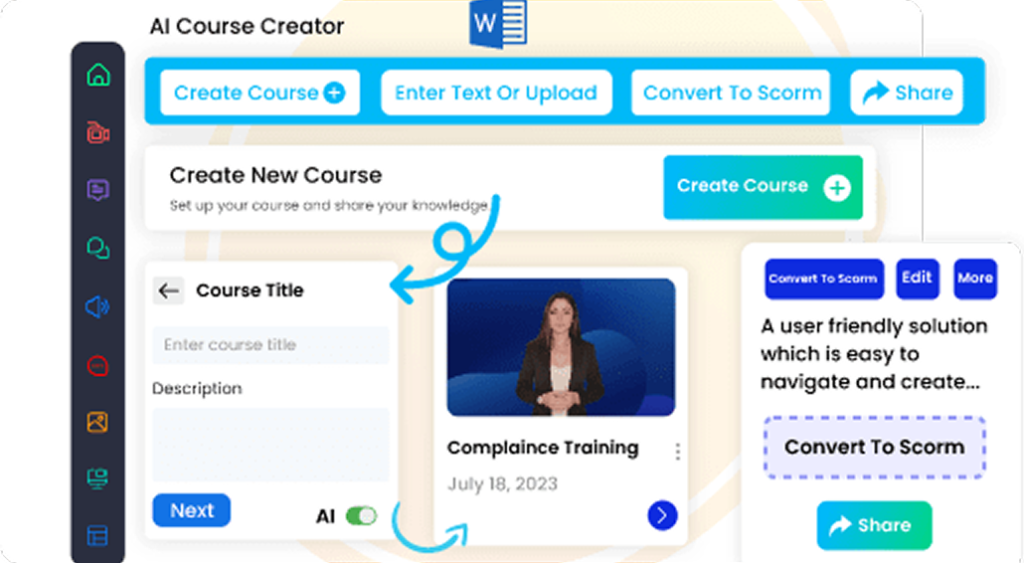Mastering Active Listening for Effective Customer Service
In today’s competitive marketplace, exceptional customer service is vital for success. One key skill that underpins excellent service is active listening—a core component of Customer Service Fundamentals Mastery. When you genuinely understand your customers’ needs, preferences, and concerns, your responses become more effective, building stronger relationships and fostering loyalty. Mastering active listening involves more than just hearing words; it’s about engaging on a deeper level to deliver meaningful solutions. This guide explores practical strategies to develop and sharpen your active listening skills, supported by authoritative research and real-world examples. Whether you’re new to customer service or seeking to improve your approach, these tips will help elevate your interactions to make your customers feel truly valued and understood.
Let’s delve into how you can become a better active listener to enhance your customer interactions and drive your business forward.
1. Understand What Active Listening Really Means
What Is Active Listening?
Active listening is a vital communication technique that involves fully concentrating, understanding, responding, and remembering what your customer says. Unlike passively hearing, active listening requires conscious effort to engage with the speaker. This foundational skill allows customer service representatives (CSRs) to accurately interpret customer needs, reducing misunderstandings and improving service quality. According to the Harvard Business Review, active listening demonstrates empathy and helps build trust, making customers more comfortable sharing their concerns. By practicing active listening, CSRs validate customer issues and foster an environment where open communication thrives.
Why Is It Critical in Customer Service?
Effective customer service depends on thoroughly understanding each customer’s problem. When active listening is employed correctly, it helps in identifying underlying issues, managing emotions, offering personalized solutions, and increasing satisfaction and loyalty. Research by the University of Michigan highlights that companies that prioritize active listening see a 20% increase in customer retention rates, showing its direct impact on business success.
2. Cultivate Mindful Presence During Interactions
Be Fully Present
The first step toward active listening is being mentally present. This means eliminating distractions—turn off notifications, close unrelated tabs, and clear your mind of other tasks. Physically, face the customer directly, maintain eye contact, and adopt an open posture to show attentiveness. Giving undivided attention signals respect and engagement, which encourages customers to open up.
Practice Mindfulness Techniques
Practicing mindfulness through deep breathing or short meditation can help anchor your focus during customer interactions. Studies published in the Journal of Business and Psychology demonstrate that mindfulness enhances empathetic listening and reduces reactive tendencies, creating a calm environment for meaningful exchanges.
Practical Example
For instance, when a customer expresses frustration about a delayed shipment, resisting the urge to interrupt or switch screens allows you to absorb their concerns fully. This approach leads to a more empathetic response and effective problem resolution.
3. Use Active Listening Techniques to Engage Effectively
- Paraphrasing and Summarizing: Restate what the customer has said in your own words to confirm understanding. For example, “It sounds like your order hasn’t arrived yet, and you’re worried about missing a deadline.” This reassures the customer and clarifies any confusion.
- Asking Open-Ended Questions: Encourage elaboration by asking questions starting with ‘how,’ ‘what,’ ‘when,’ or ‘why.’ For example, “Can you tell me more about the issues you’ve faced?” This deepens the dialogue and uncovers critical details.
- Reflecting Emotions: Acknowledge feelings expressed—such as “It sounds like you’re quite frustrated with the delay”—which validates their emotions and shows empathy.
- Use of Silence and Pauses: Giving space after a customer speaks shows attentiveness and allows them to add more information or vent feelings.
4. Avoid Common Listening Pitfalls
- Don’t Interrupt: Interrupting can signal disinterest or impatience. Wait until the customer finishes speaking to show respect and allow for full disclosure.
- Resist Assumptions: Avoid jumping to conclusions. Clarify uncertainties through follow-up questions to demonstrate your commitment to understanding.
- Stay Open-Minded: Remain impartial, focusing solely on the customer’s words and feelings instead of forming judgments during the conversation.
- Manage Personal Distractions: Be vigilant of digital or environmental distractions that can impair responsiveness. Giving full attention is key.
5. Show Empathy to Build Trust and Rapport
Demonstrate Genuine Care
Empathy involves understanding and sharing your customer’s feelings. Simple statements like “I understand how frustrating this must be for you” create emotional connections. Personalizing your tone and responses signals authentic concern, fostering trust and loyalty.
Use Authentic Tone and Language
Avoid scripted responses; instead, mirror the customer’s sentiment naturally. For example, responding with “I’m sorry you’re experiencing this, let’s see how we can resolve it quickly” reassures the customer that you care genuinely.
6. Confirm Understanding to Avoid Miscommunication
- Ask Clarifying Questions: After understanding their issue, confirm with questions like, “Just to confirm, you’re saying the product was defective and needs a replacement.” This prevents errors and ensures clarity.
- Summarize Key Points: Recap main concerns at the end of the call or chat, reinforcing understanding and outlining next steps.
Proper confirmation reduces the need for repeats, speeds up resolution, and enhances overall satisfaction. The U.S. Department of Commerce emphasizes that clear communication is essential for effective problem-solving.
Discover how our courses can align with your training goals and drive real results.
Learning Built Around Your Goals.
Schedule A Demo7. Provide Thoughtful Responses Based on Active Listening
- Tailor Your Solutions: Use information gathered to offer solutions that truly address the customer’s concerns, rather than generic or canned responses.
- Communicate Clearly and Concisely: Keep responses straightforward and relatable, avoiding jargon that could confuse.
- Follow Up When Needed: If issues can’t be resolved immediately, inform the customer of next steps, demonstrating accountability and proactive service.
8. Practice Continuous Improvement and Feedback
- Seek Feedback: After interactions, ask customers if their concerns were addressed satisfactorily. Use surveys or follow-up emails to gather insights into your listening effectiveness.
- Reflect on Your Skills: Regularly review your interactions—consider recording or listening to calls—to self-evaluate or seek feedback from supervisors.
- Invest in Training: Participate in workshops or courses on active listening and customer service skills. Many industry certifications focus on listening as a core competency.
9. Leverage Technology to Support Active Listening
- CRM Tools: Use Customer Relationship Management software to access previous interactions, enabling personalized communication.
- AI-Powered Assistance: Utilize AI chatbots and analytics to analyze conversations, providing real-time suggestions for empathetic responses or flagging emotional cues.
- Voice Analysis Technologies: Use tools that detect stress or frustration in voice tone, prompting agents to adapt their approach accordingly.
10. Measure and Celebrate Your Progress
- Track Metrics: Monitor customer satisfaction scores (CSAT), Net Promoter Score (NPS), resolution times, and other KPIs to gauge your listening impact.
- Recognize Growth: Celebrate improvements in customer feedback or personal skills development. Set goals and revisit them regularly.
- Practical Insight: Consistently measuring progress fosters accountability and motivation, leading to sustained service excellence.
Conclusion
Mastering active listening is crucial for delivering outstanding customer service. It promotes understanding, reduces misunderstandings, and creates trust—foundations for long-term loyalty. By practicing mindfulness, employing proven techniques, avoiding pitfalls, and continually seeking feedback, you can transform your interactions. Remember, active listening is an ongoing journey that demands attention, patience, and commitment. Embrace these strategies, incorporate them into your daily routines, and watch your customer relationships flourish, giving your business a competitive edge. Consistent effort in developing active listening skills truly pays off in customer satisfaction and loyalty. Start today—your customers will notice the difference, and your business will thrive.
Explore Our eLearning Course Catalog
Access 100+ fully editable, SCORM-compatible courses featuring an integrated AI Tutor and an in-built authoring tool. Seamlessly compatible with any LMS, these courses are designed to elevate your training programs.
Explore Course Catalog























